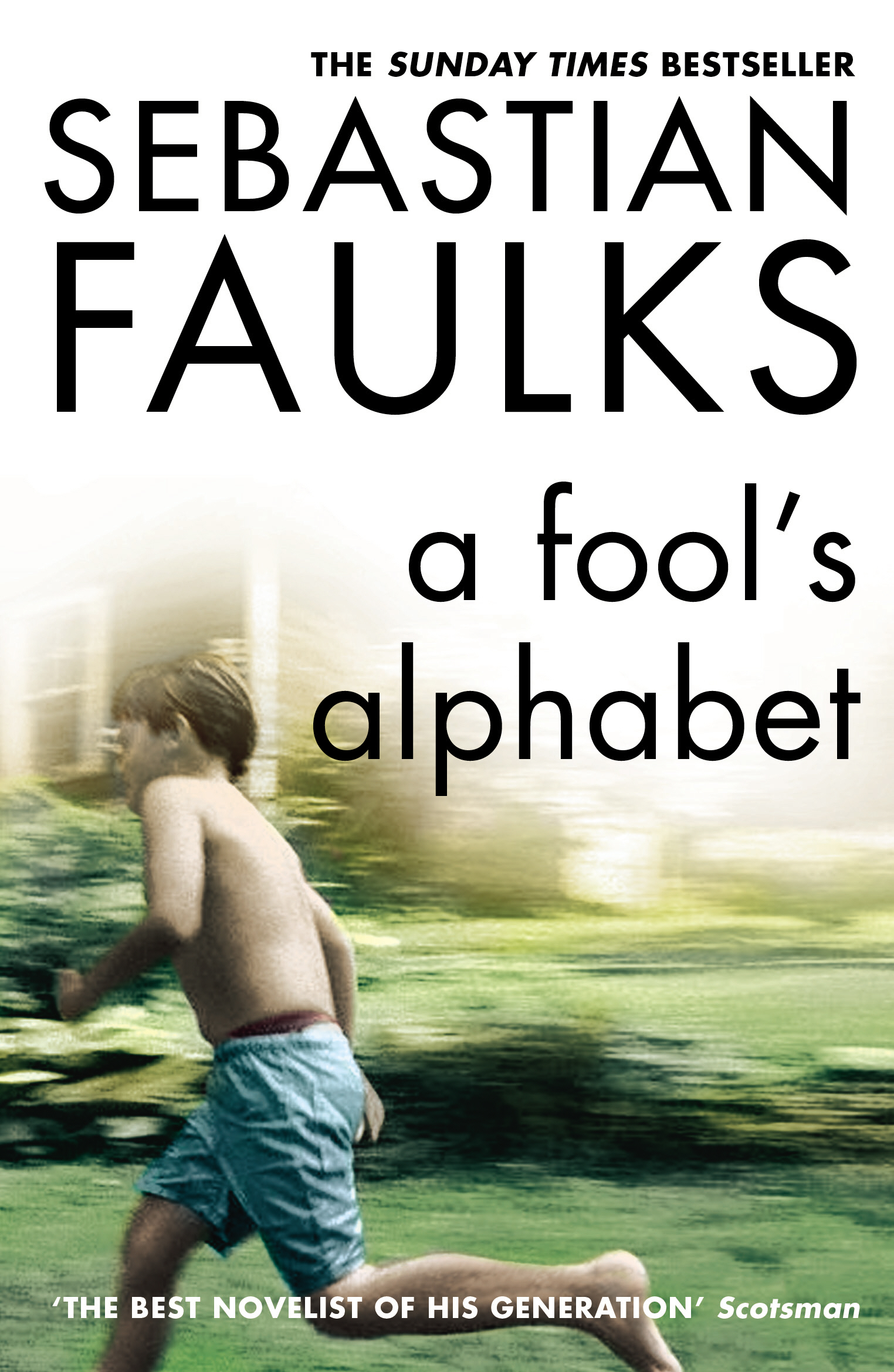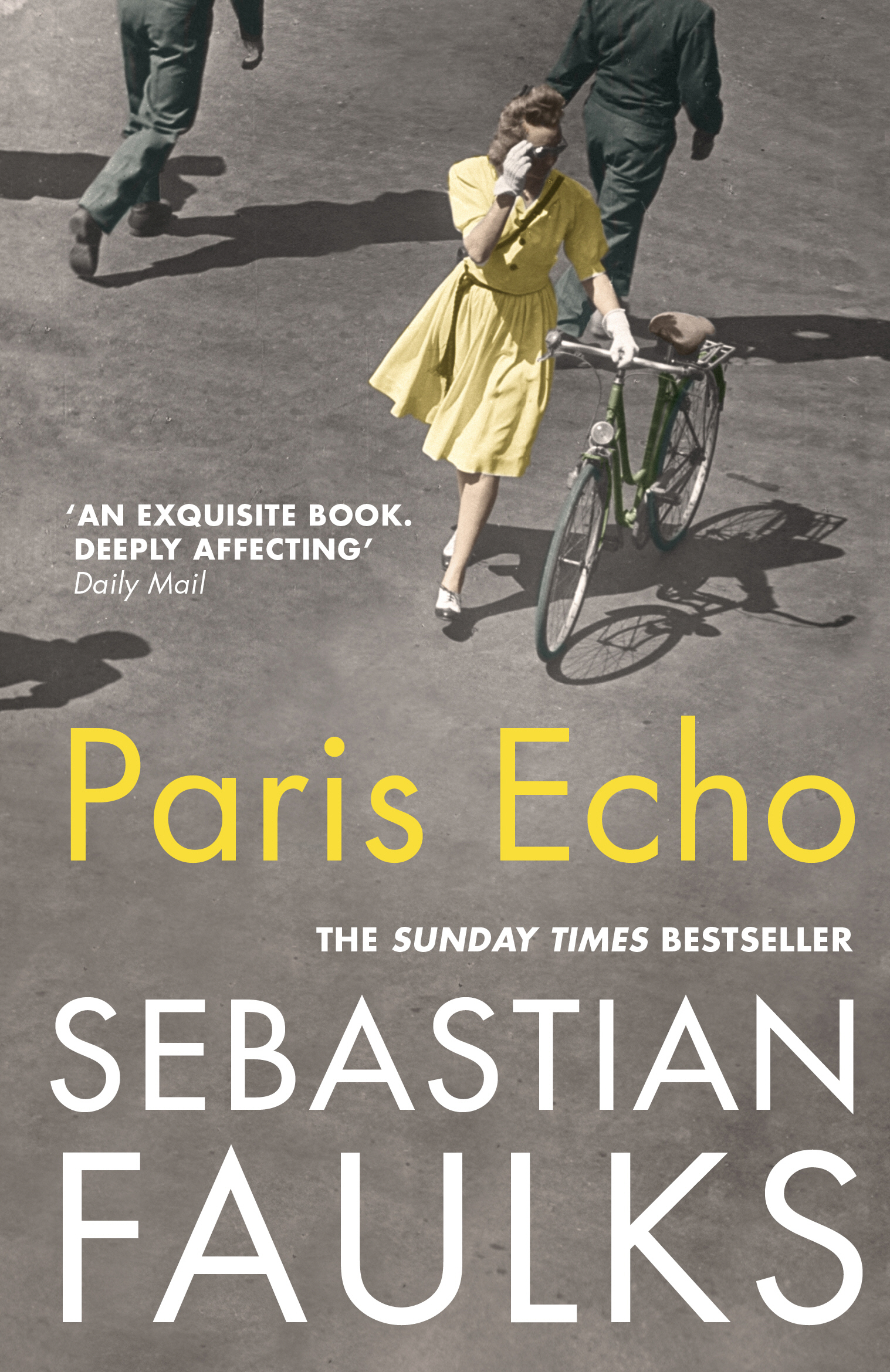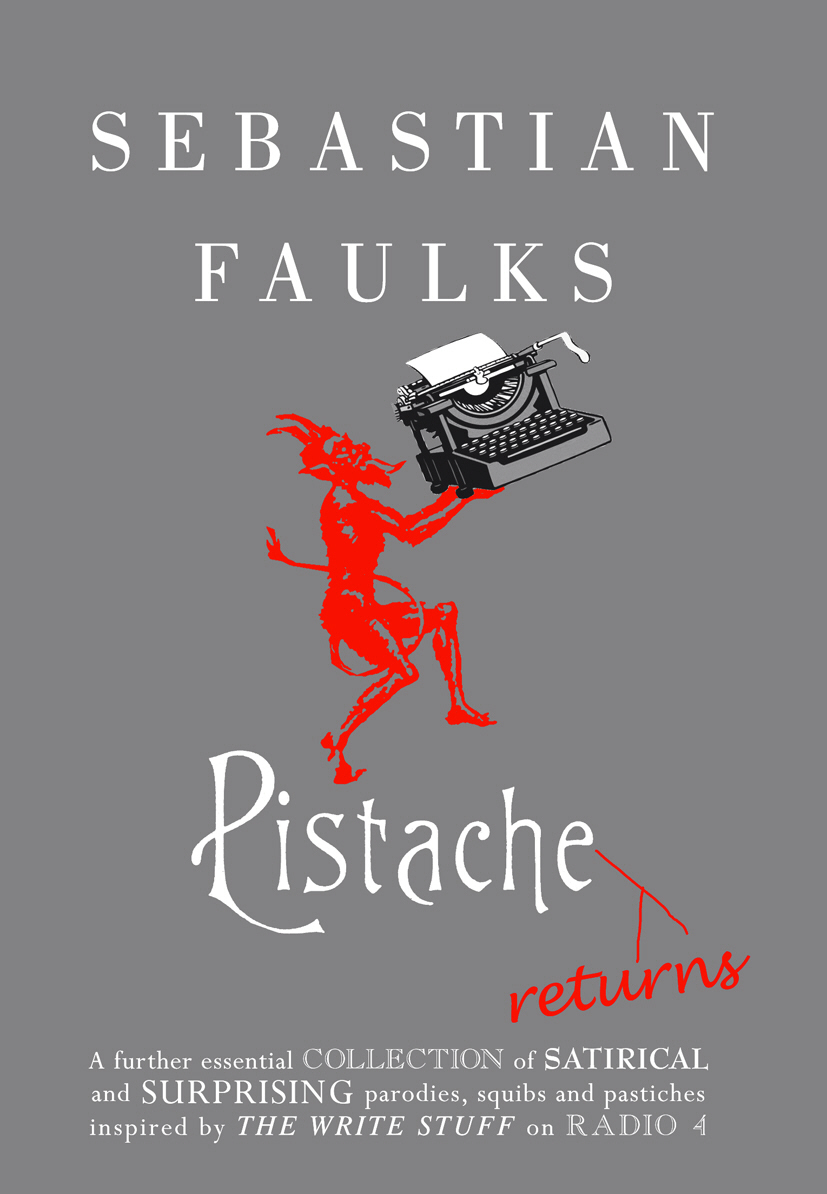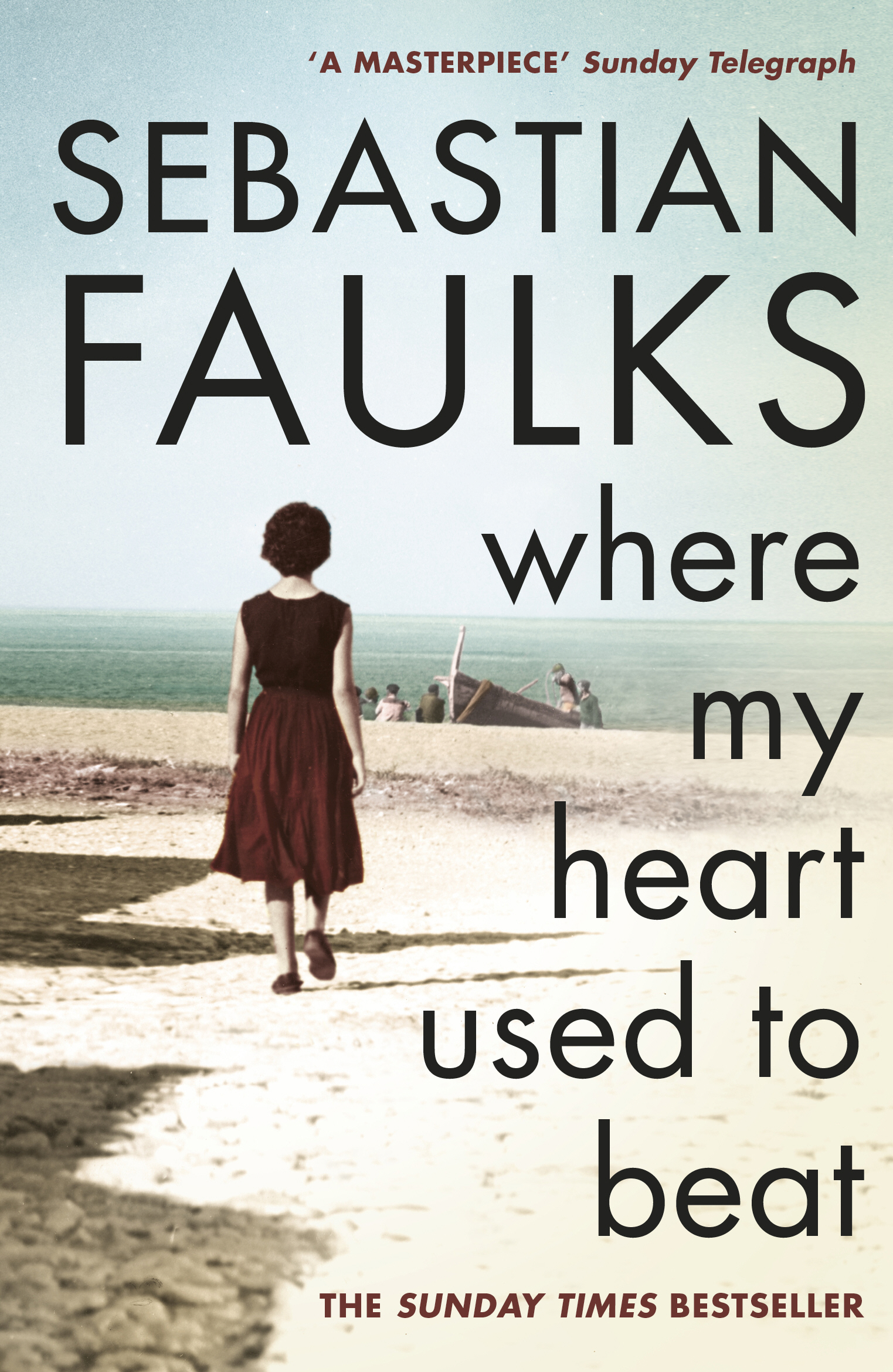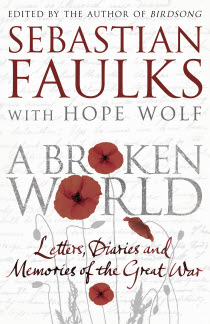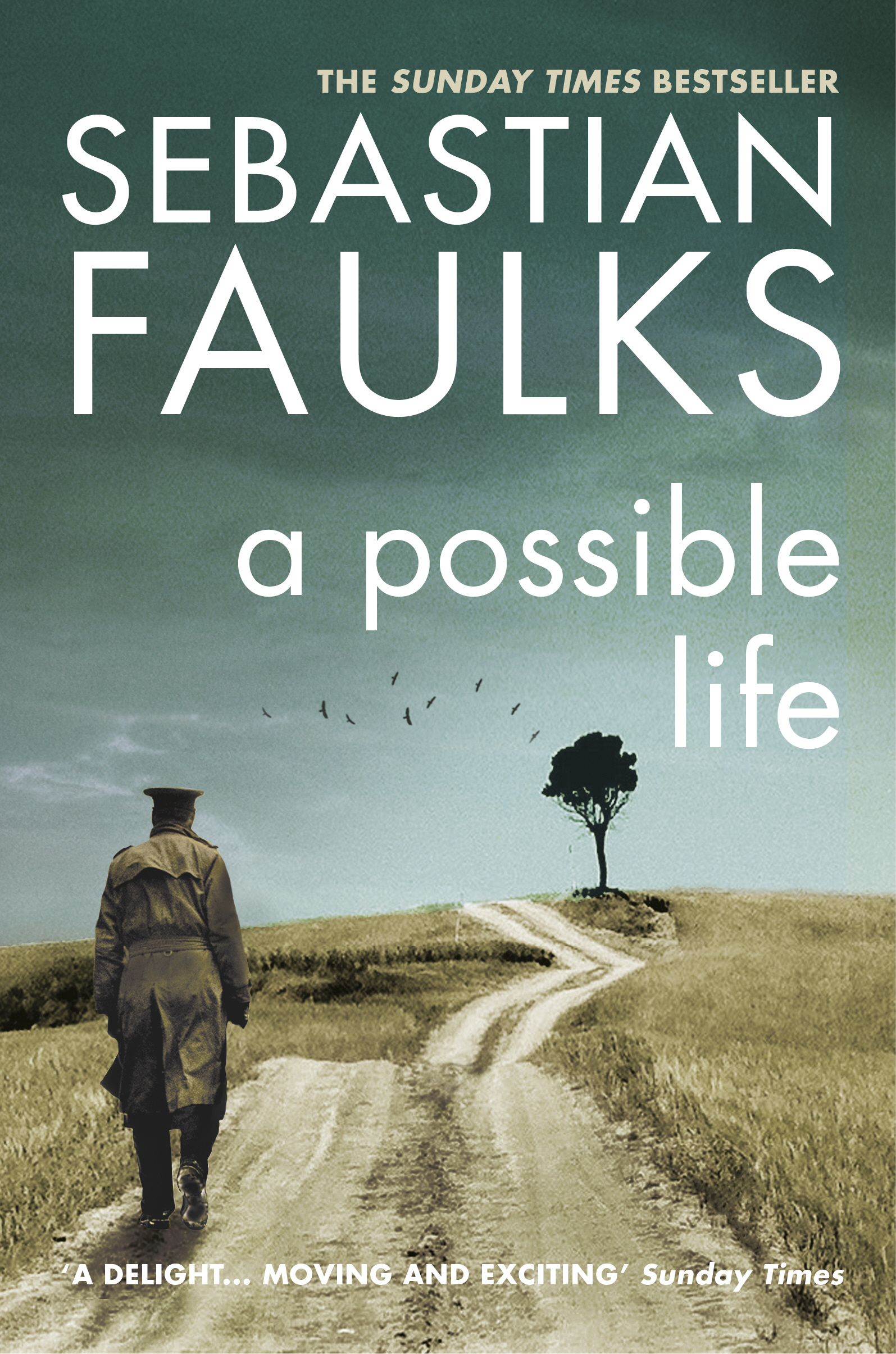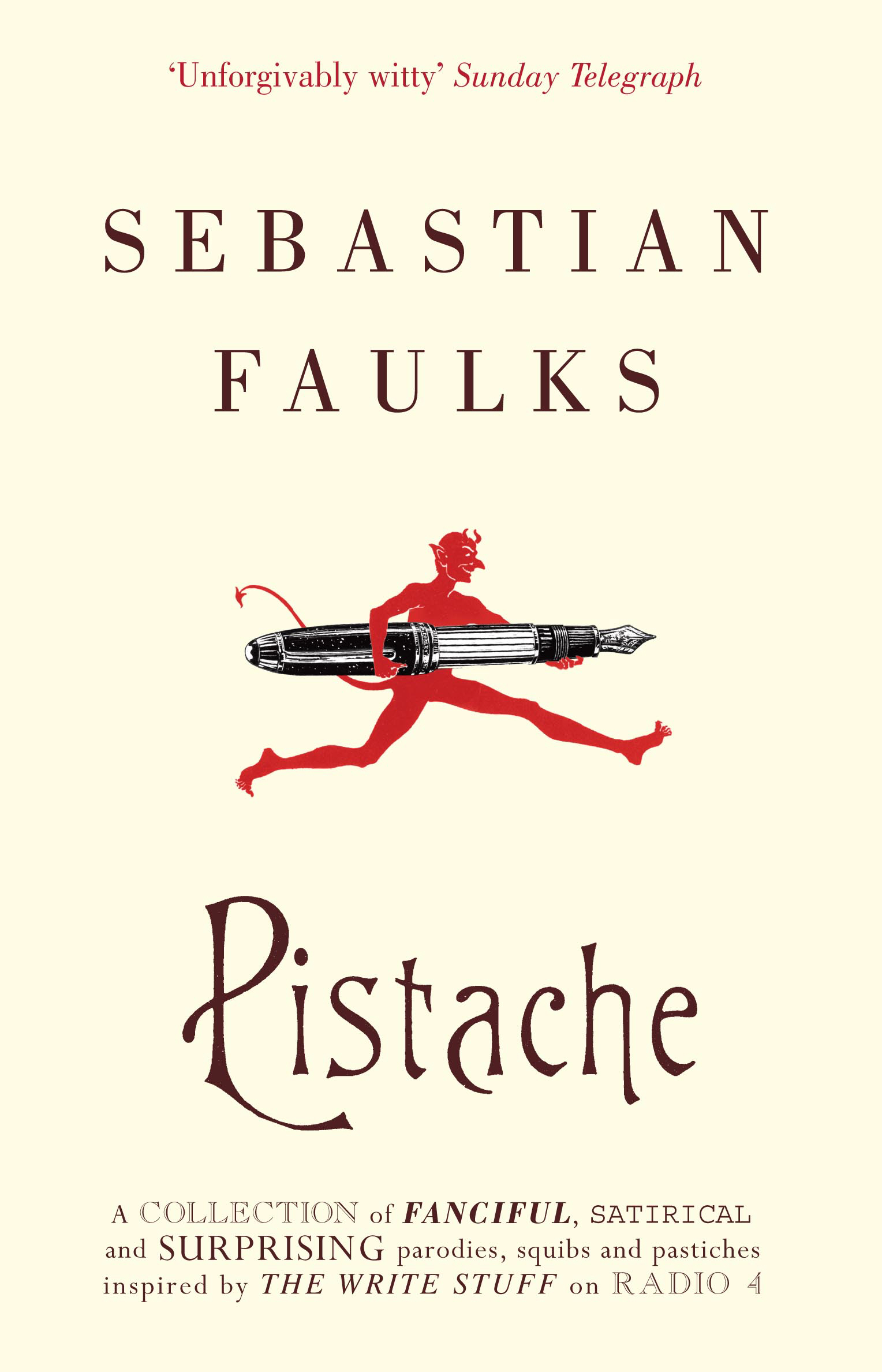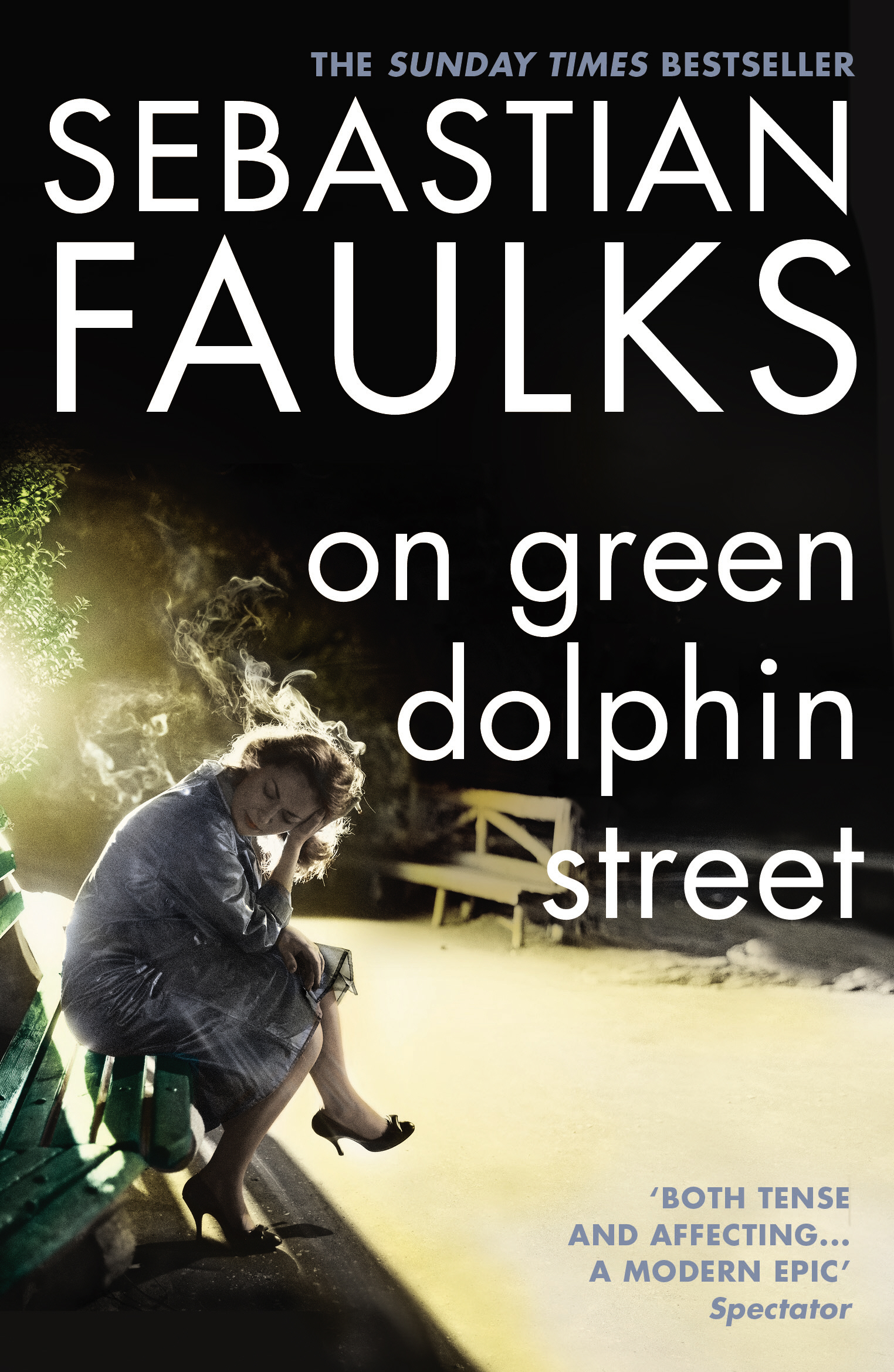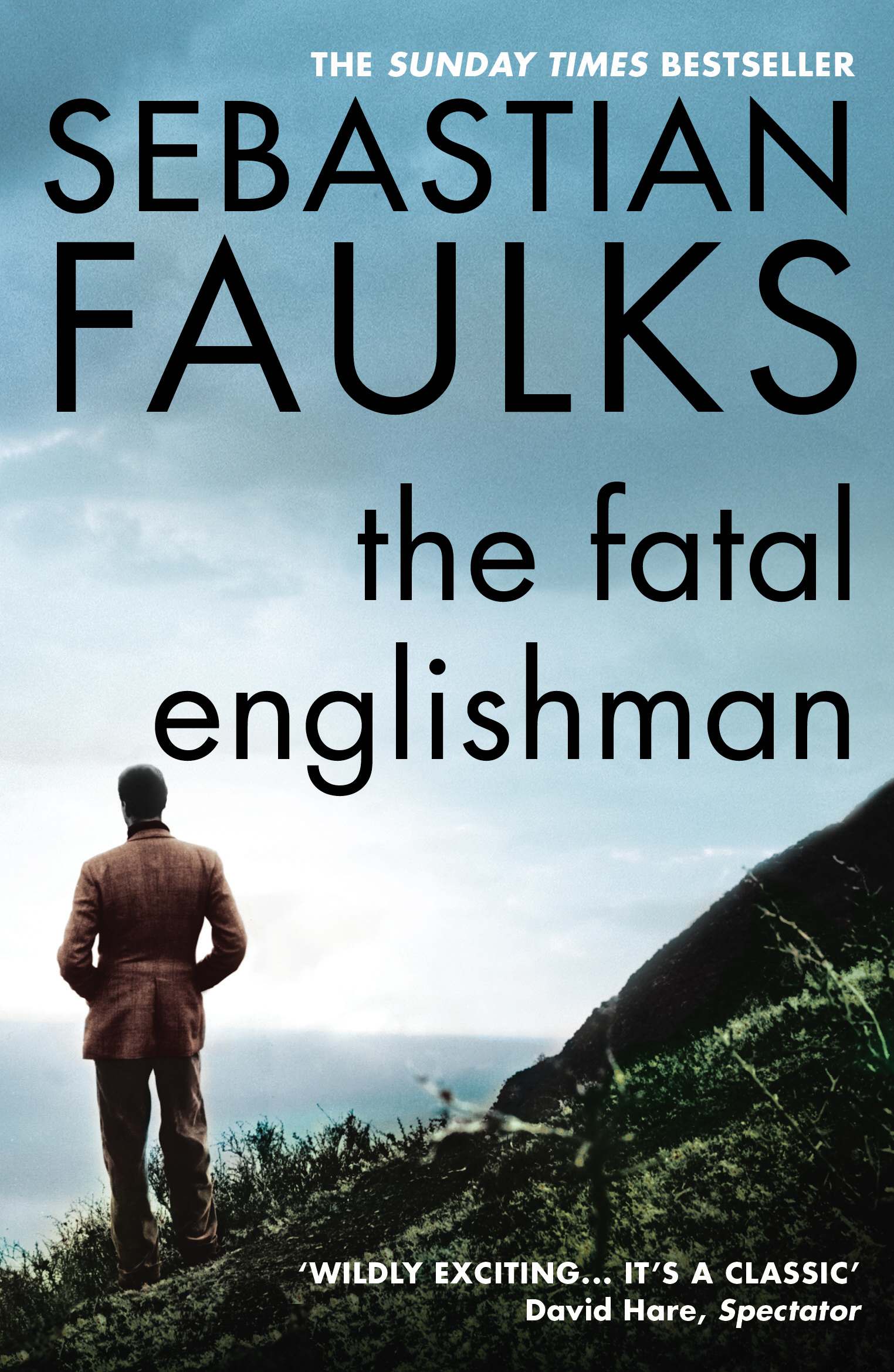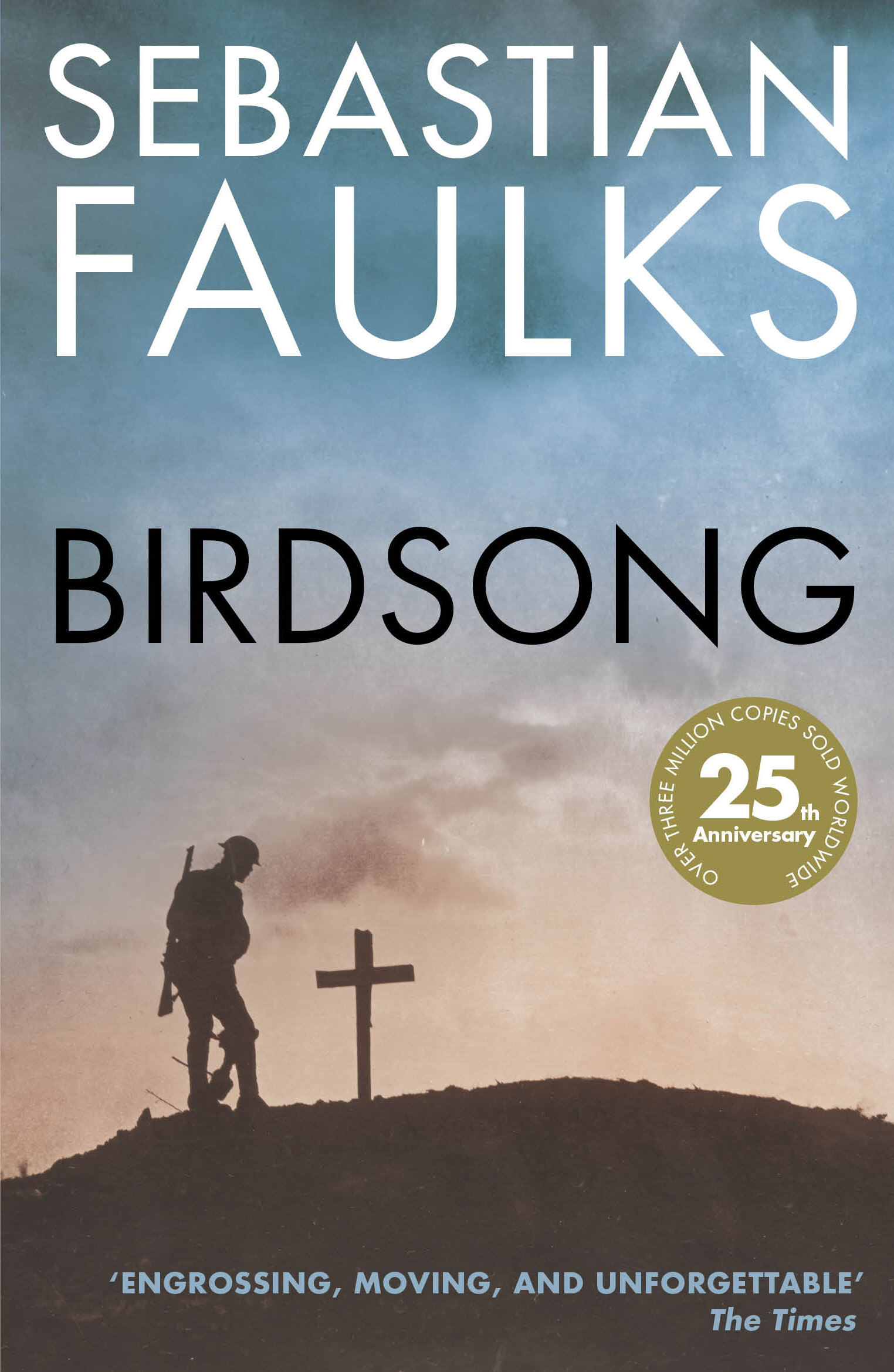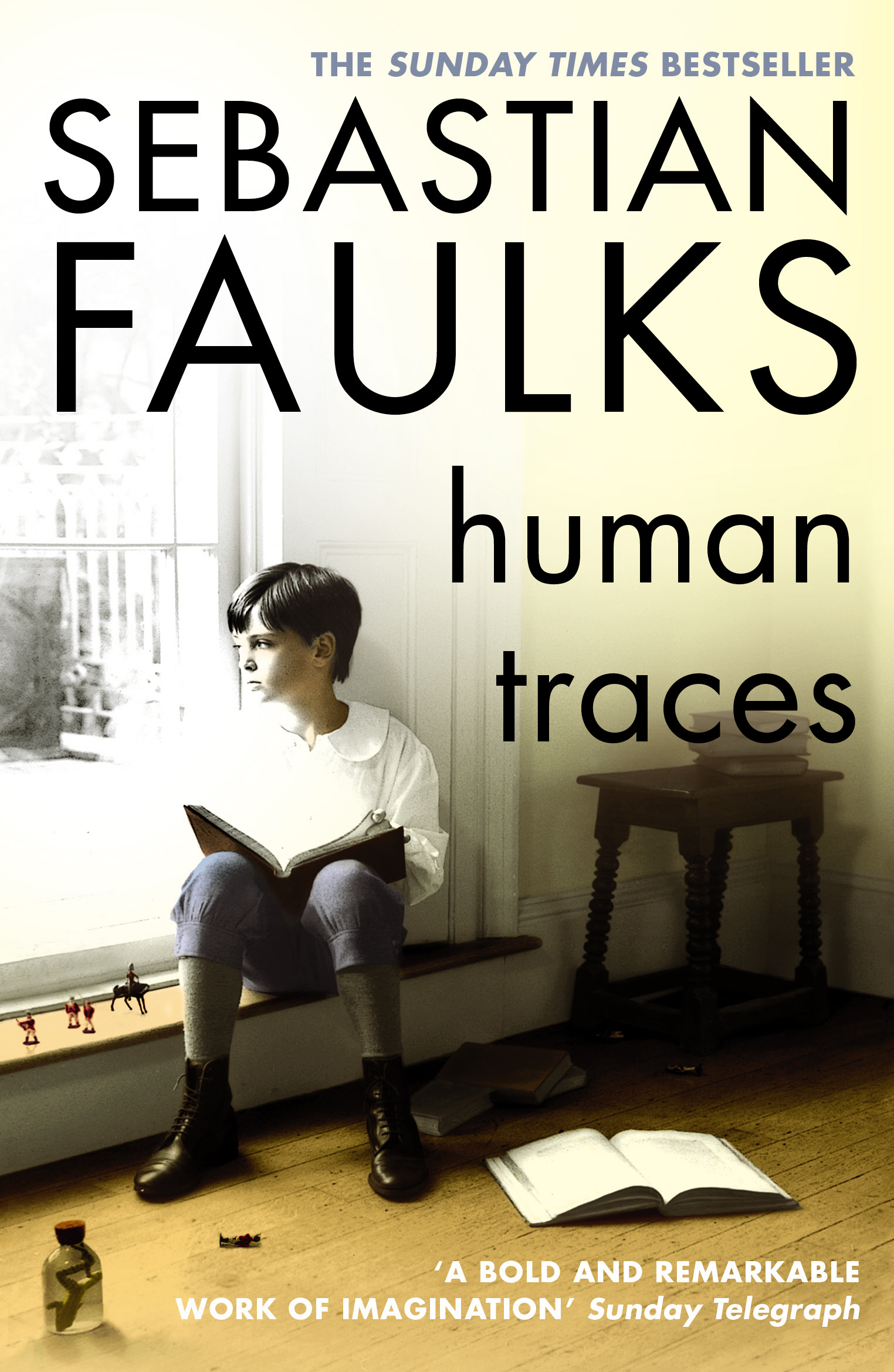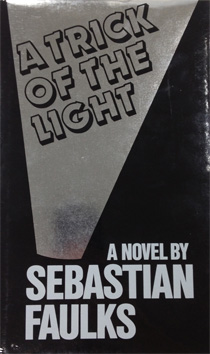About the book
Faulks’s third novel. The title derives from the old Cockney phonetic joke: A for ’Orses, B for Mutton, C for Yerself, and so on. Each of its 26 chapters is set in a different place; the name of each place begins with a different letter of the alphabet. The structure of the novel is thus not one of linear time, but the apparently random one of alphabetical order.
The main character, Pietro, is English with an Italian mother. He works as a photographer, and there is a snapshot quality to some of the chapters and place descriptions. The dislocation of time and the alphabetic imperative mean that we see him traumatically parting from his lover before we see them meet. ‘I liked the idea of fate that this seemed to bring to their early friendship,’ Faulks said. ‘I also liked it that I was able to resurrect people. Someone who dies in chapter four is healthy and well in chapter 12. I believed this said something about the way we experience time.’
